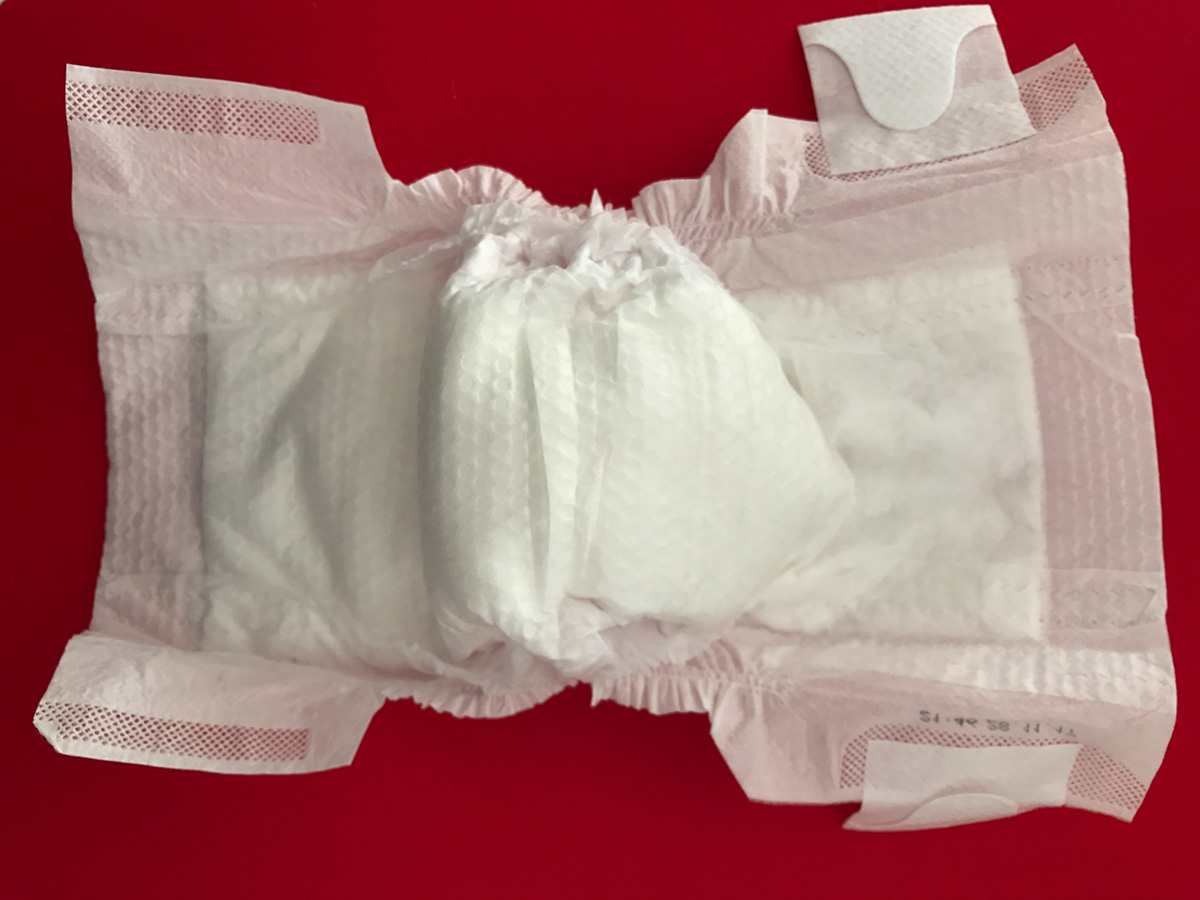
Painful Nappy RashNappy rash is a term used for all sorts of rash or skin condition occurring in nappy area. It is very common to see nappy rash in the baby. If you leave wet diaper on your baby for too long, the rash can develop. However, nappy rash may develop in babies that are often changed and cleaned. Sensitive skin can be the reason for the rash where this problem may occur on other parts of their body. Candida (yeast) can complicate nappy rash. Nappy rash may develop when a baby has a cold or some viral illness. In very rare cases, recurrent rash can be sign of serious underlying condition that affects the immune system.
Signs of Nappy Rash
You can notice nappy rash in your baby if it has inflamed skin in genital and anus area. Inflamed skin is red and moist and can be spotty or cover large area. Another sign is rash that blisters and the skin peels afterward. This leaves raw patches or ulcers. Nappy rash can spread to the buttocks and belly as well. The rash can be also recognized by small ulcers forming on unaffected area of the skin. Baby with nappy rash usually can’t sleep well because of the pain and can be very upset particularly when urinate.
Causes of Nappy RashMost common cause of nappy rash is irritant dermatitis which is inflammation of sensitive skin. Sensitive skin is usually inherited from other members of the family. If a baby has excessive production of sebum on the scalp, known as cradle cap, or eczema on the face or below chin, it will be more susceptible to nappy rash.
Second common cause is trigger factor or “agent”. Trigger factors of nappy rash can be ammonia from urine which occurs when nappies are not frequently changed. Thrush can also trigger the rash. Thrush is present in faeces but its level can elevate when baby is taking antibiotics. Thrush can worsen a nappy rash. Chemicals can also be responsible for the rash. Baby’s skin can be irritated by laundry detergents, baby wipes that contain alcohol, fabric softeners, scented soaps, baby lotions, or nappy-soaking solutions. Synthetic pants can trigger nappy rash as well, since they don’t allow airflow and keep baby’s skin wet.
Treatment and RecoveryTo prevent or treat existing nappy rash you should change nappies as soon as they get wet. Use disposable diapers because they absorb the urine much better than non-disposable nappies. Avoid using baby wipes containing alcohol. Nappy rash becomes very painful in contact with alcohol. Use soaps that are specially made for baby’s skin. Keep the nappy area clean and dry as much as possible. After he or she passes stool, wash your baby with pure water and apply some barrier cream such as zinc and cod liver oil or zinc and castor oil. These creams maintain baby’s skin dry. Give your baby paracetamol to relieve the pain from the rash.


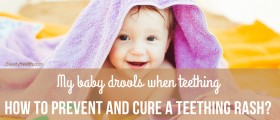


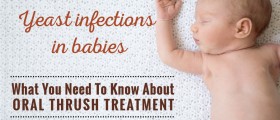





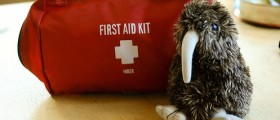
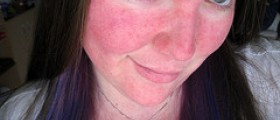

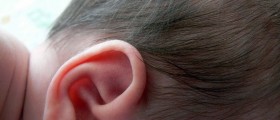
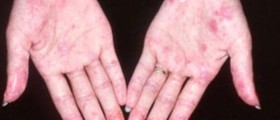

Your thoughts on this
Loading...